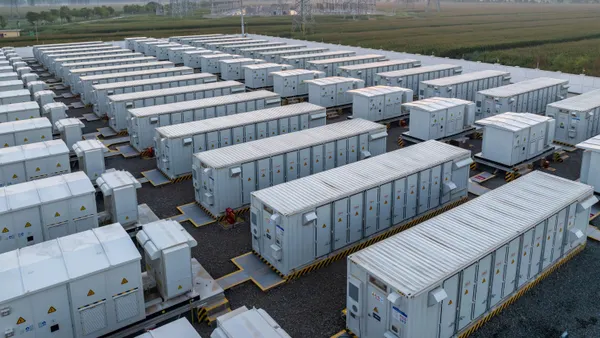The following is a contributed article by Ronnette Anderson, Supplier Diversity Manager, Commercial Energy, and Laura Orfanedes, Principal, Energy Marketing, at ICF.
Businesses owned by minorities, women, the LGBTQ community, veterans, people with disabilities, and economically disadvantaged groups are known as diverse business entities (DBE). DBEs have been experiencing extraordinary financial, operational, and change management challenges due to the economic fallout of the COVID-19 crisis.
So how can utilities support energy industry DBEs now in order to build resiliency for the future?
Understanding the unique challenges facing DBEs is key
There are a number of key challenges DBEs have faced during the COVID-19 crisis that stem from the unique characteristics of these businesses that were in place even prior to the pandemic.
From a financial perspective, many DBEs are uncertain if they have deep enough pockets to weather the storm. DBEs have been experiencing reductions in available or allowable work. Pay-for-performance contracts that are based on outcomes instead of actions typically don't offer alternate payment structures. Inadequate administrative fees have made it difficult to cover expenses, and that can quickly turn into a cash flow crisis.
Operational challenges during the pandemic have tended to center around program flexibility. It's not just about the speed at which DBEs can flex their innovation muscles. Rather, DBEs have needed to encourage utilities to act quickly to meet new delivery models — such as virtual audits and QA/QC inspections — that were not part of the original filing or plan.
Utilities may be willing but unable to move quickly enough to make adjustments that can enable DBEs to continue to make an impact.
In terms of change management, DBEs have had limited ability to pivot their employees to other project work in the short term. Their challenge has been how to reinvent themselves and their methods in order to pivot to what the utilities need.
To close that gap, DBEs increasingly need access to resources such as funded training programs to help their workforce stay engaged. As the economy continues its transitioning to a "new normal," DBEs have had to react quickly to retain their best employees, and, now have to be ready to ramp up quickly.
What can utilities do to help DBEs with their business continuity plans?
Proactive communication is important in any crisis. As the situation continues to evolve, utilities can send out a COVID-19 letter to all of their suppliers, letting them know the details of their re-opening plan and what to expect when they come on site for face-to-face meetings (where allowed).
It's important that DBEs feel both safe and informed; providing guidance and insight can help inform DBEs' planning. Ideally, the DBEs can design a pandemic continuity and re-opening plan of their own after seeing what is included in the utility's plan.
Because DBEs often have a limited cash flow, utilities should look at adjusting their payment terms. Instead of the normal 30- to 45-day payment term, a 5- to 10-day term would make a big difference for DBEs in their continuity plans.
Universal adoption of an electronic funds transfer system — or even paying ahead for services, especially if the supplier track record is really strong — would enable DBEs to get paid in a more timely manner and help to retain their workforce – or hire them back after furloughs.
Many utilities have also been suspending disconnections and/or waiving late fees. As the country starts to reopen, utilities should look at adjusting or forgiving payment terms so DBEs don't have to worry about late fees going forward.
Not all DBEs necessarily need money or additional support from utilities, but utilities should be open to collaboration when and if any DBEs reach out to them.
Utilities can help DBEs navigate the changes happening as a result of COVID-19
Across the country, demand load has changed due to more people working at home. Where we used to see a lot of residential load being used at night, it is now being used all day and at night.
The market is going to need new engagement and supplemental delivery models to create and sustain demand for energy services. These changes will require newer, stronger partnerships between DBEs and utilities.
Continuing to offer access to training and workforce development will help DBEs strengthen their businesses and meet the challenging landscape of a post-COVID-19 future. Mentoring and technical support will be the most important technologies — both of this transition and for long-term resiliency.
Virtual solutions, many of which are still in their infancy, will supplement the way that utilities do business by offering access to some previously hard to reach DBEs.
Pre-pandemic, utilities sourced many energy efficiency products internationally. There's a dip right now in that market, which is likely to continue for some time.
This is a great opportunity for DBE suppliers to look at producing energy efficiency products here in the U.S. Likewise, utilities should take advantage of this moment to diversify their supply chain by bringing more DBEs to the table.
In business, any painful tightening at the top tends to flow down. While DBEs should certainly be proactive in bringing solutions to the attention of the utilities, the burden is on utilities at this moment to ensure that support flows down, too.
Any opportunities that the utilities can extend to support these vulnerable businesses now will allow DBEs to emerge on the other side of this pandemic in a more resilient manner.



















